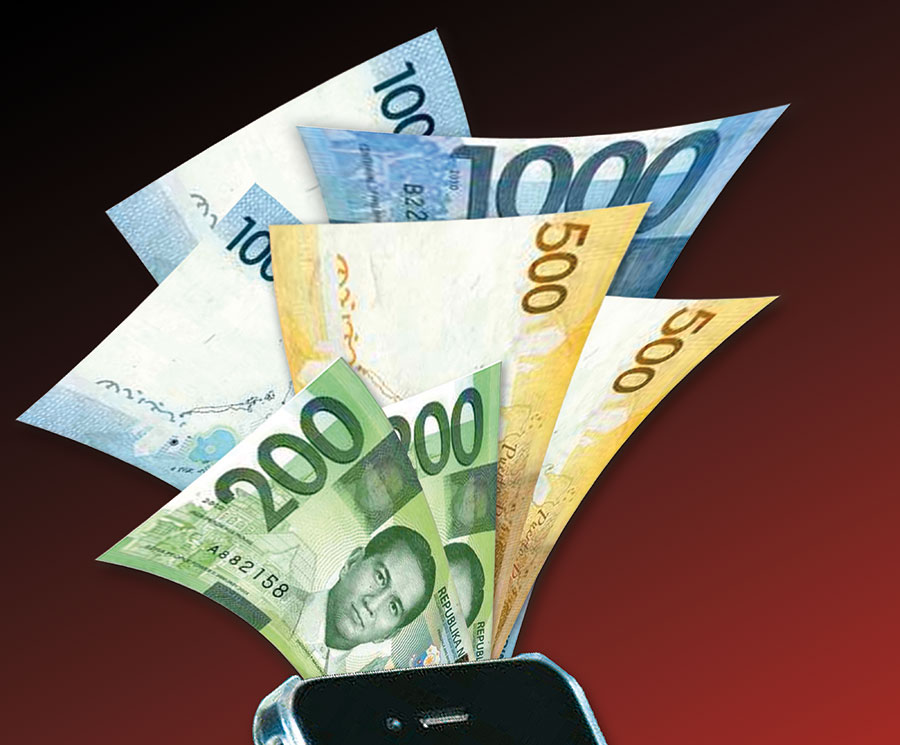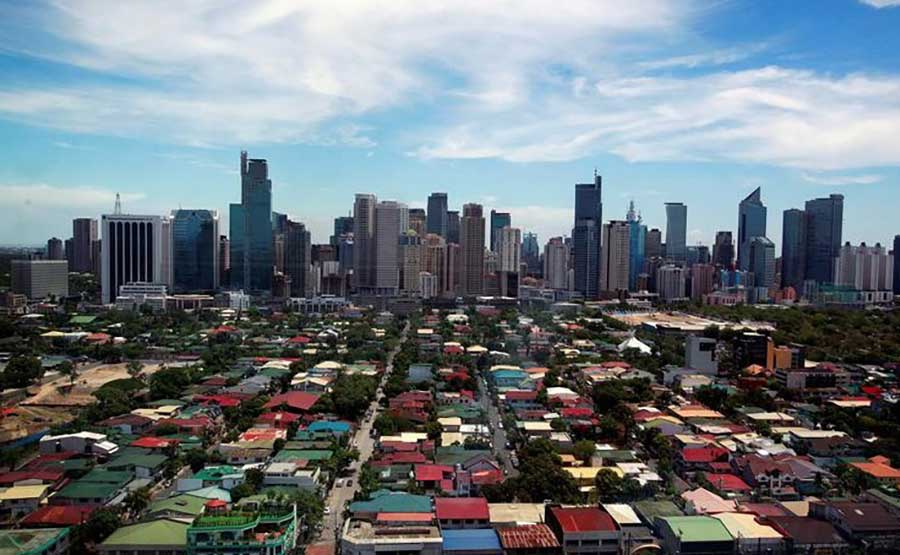With vast offerings in the fintech space, a large number of underrepresented and underbanked Filipinos continue to decrease. Consumers’ preference for digital tools and services for sending money overseas has led experts to project a steady growth for digital remittances in 2023 and beyond.
Digital platforms at the forefront of advancing fintech, such as WorldRemit, make the most of a growing number of tech-savvy customers who opt for affordability and greater convenience.
In an industry that has previously been dominated by offline legacy players, fintechs like WorldRemit have disrupted the norm by making international money transfers online safer, faster, and lower-cost.

“WorldRemit has simply paved the way and continues to do so in making inward money transfers to the Philippines, cheaper, faster and more convenient resulting in greater financial inclusivity,” Earl Melivo, Interim APAC Managing Director of WorldRemit, told Malaya Business Insight.
WorldRemit was established in 2010. It is now a leading global payments company, owned by Zepz Group, that disrupted an industry previously dominated by offline legacy players by taking international money transfers online and making them safer, faster and lower-cost.
“Alongside Sendwave (our sister-company), we currently send from more than 50 countries to people in over 150 countries, operate in more than 5,000 money transfer corridors worldwide, and employ around 2,000 people globally, of which more than 400 are based in the Philippines,” Melivo said.
Unlike traditional money transfer methods, WorldRemit is 100 percent digitally operated, according to Melivo. This provides increased convenience and enhanced security for customers.
The company offers a wide range of options for those receiving money, including bank deposit, cash collection, digital wallets and mobile airtime top-up.
“Since we first allowed transfers to the Philippines in 2011, WorldRemit users globally have already sent billions of dollars to the Philippines. As of 2022, WorldRemit continues to grow its volumes to the Philippines significantly, retaining it as one of its largest receive markets globally,” Melivo said.
In 2022, Zepz users globally sent over $1.6 billion to the Philippines, making it one of the largest receive markets globally.
Melivo acknowledged that the Filipino practice of the “padala” system is still happening “but not as prevalent as before.”
A 2020 study conducted by the Philippine Statistics Authority (PSA) showed that remittance through bank transfers remained the most preferred option, accounting for about 51 percent of cash remittances. Meanwhile, around 45.9 percent of the total remittances were made through money transfer services like WorldRemit.
“WorldRemit continues to help bridge more financial and technology gaps by providing affordable financial services to those who need it most,” Melivo said.
“Digital services like WorldRemit are significantly more secure and reliable compared to the traditional “padala” system. In addition, its simplicity, affordability and accessibility enables OFWs to connect with their loved ones more regularly and boost their financial mobility, as well as spending capacity for essential expenses (more value for hard-earned remittances),” he added.
WorldRemit has developed a simple and accessible fully digital platforms (web and app) that allows people to send and receive money easily and securely.
It has also partnered with the biggest financial institutions in the country like BDO, Metrobank, BPI, Palawan Pawnshop, M. Lhuillier, Cebuana and leading mobile wallet service providers to make a range of financial services more affordable and responsive to the times.
“WorldRemit continues to explore relevant financial services that would further address the rapidly evolving needs of customers beyond remittances. Our wide partner network (in the Philippines) enables WorldRemit to support our customers’ sending (for those abroad) and receiving (for their recipients in the Philippines) on how and when they want to facilitate instant and secure transfers,” Melivo said.
He stressed that the proliferation of internet usage and technological advancements have resulted in the widespread adoption of digital payments, making it a more affordable and accessible option for Filipinos.
“With this sudden acceleration of digital technology comes a greater responsibility for regulators and businesses to ensure a safe and secure digital payment ecosystem that is inclusive and efficient for all. As the BSP continues to drive development in the digital payment space with enabling policies, we, jointly with our various partners in the country, remain dedicated to providing customers with reliable and secure remittance [and soon other relevant] services. We also stay committed to complying with rules and guidelines, and we strive to maintain a high level of service excellence while collaborating closely with our partners and regulatory bodies, globally,” Melivo said.
BSP reported an uptrend in the use of digital payments and mobile baking in the country. BSP the share of digital total payments volume in the country from 10 percent in 2018 rose to 14 percent in 2019, to 20.1 percent in 2020 and to 30.2 percent in 2021.
In 2020, mobile wallet accounts among Filipinos already reached 138 million with around 1.7 billion transactions.
Under its Digital Payments Transformation Roadmap, the BSP aims to shift 50 percent of total retail payments to electronic channels and increase the number of Filipino adults with bank accounts to 70 percent by 2023.
“WorldRemit’s robust payout network allows users to connect to more than 100 banks, leading mobile wallet services, and 25,000 cash pick-up locations in the Philippines–providing customers the flexibility to send and receive money however they prefer,” Melivo said. –Jimmy C. Calapati





